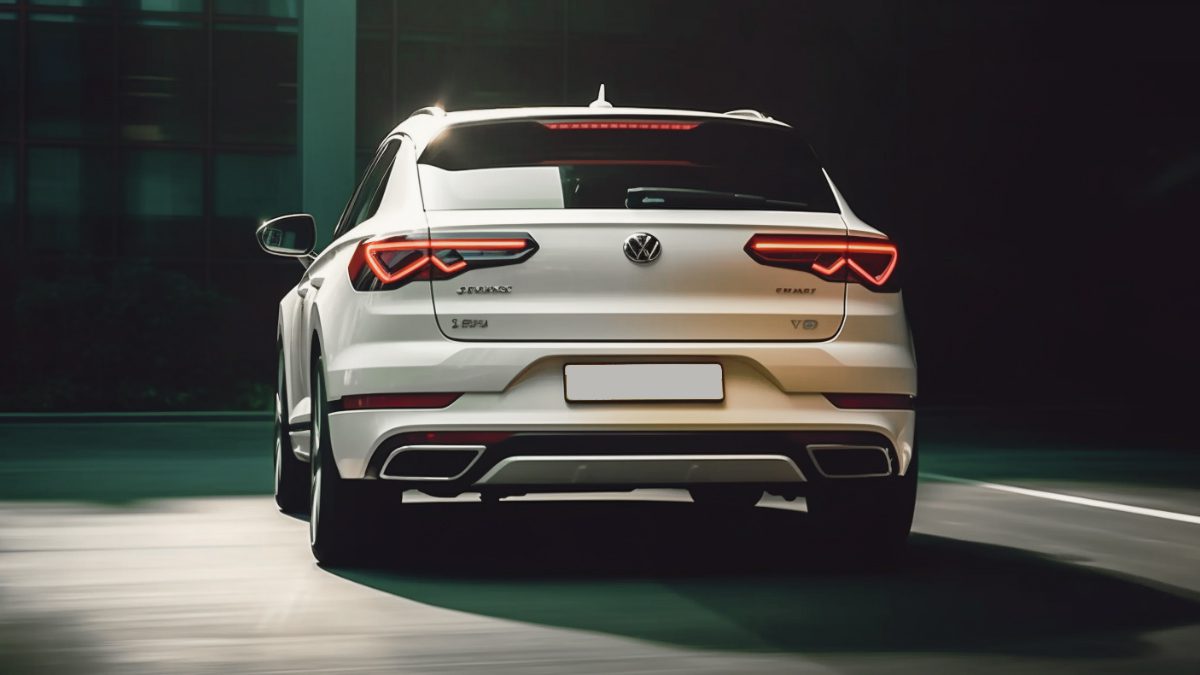Brake Light Vs Tail Light: Differences You Should Know
Brake lights and tail lights play a crucial role in the safety of the passenger and the vehicle. However, we are unaware of their functionality and differences despite knowing what they are.
So brake light vs tail light, what’s the difference? The tail light is located in the center whereas the brake light is located in the edges. Furthermore, the tail light serves to increase visibility for traffic behind you. Whereas, the brake light serves to alert drivers behind you that you are slowing down.
These are just the primary differences between brake lights and tail lights. There is a lot to know about their differences such as the intensity difference and how they work. So without any further ado, let’s get started.
Table: Brake Light Vs Tail Light
Here’s a table that will give you an overview of the differences;
| Factor | Brake Light | Tail Light |
|---|---|---|
| Purpose | Alert that brakes are applied | Increases the visibility of the vehicle |
| Positioning | Rear edges | Rear middle |
| Intensity Of The Lights | Brighter | Dimmer |
| Legal Requirements | Proper working conditions at all times | Proper working conditions at all times |
| Sufficiently bright to be noticed from a reasonable distance | Sufficiently bright to be noticed from a reasonable distance | |
| Red or amber-colored | Red or white colored | |
| Have a height between 15 and 72 inches from the ground | Centered position | |
| How They Work | Works with the brake system | Works with the electrical system |
| Maintenance Schedule | More frequently than tail lights | Less frequently than brake lights |
6 Differences Between Brake Light Vs Tail Light
When it comes to vehicle lights, several types of lights serve specific purposes. Nevertheless, two of the most common types of lights that are often confused with each other are brake lights and tail lights.
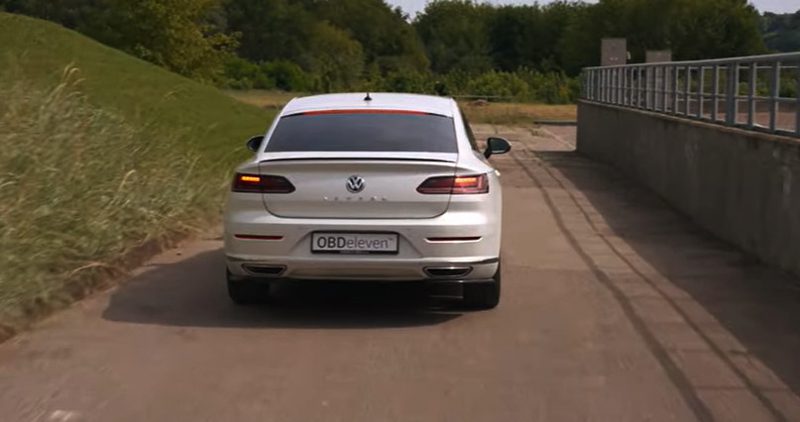
Even if they appear to you to be ordinary lights, you must understand their distinctions. It is for your own and the person behind you in traffic safety. So let’s dive into the differences between brake light Vs tail light.
Purpose
The main objective of brake lights is to alert the driver behind when the brakes are applied. When you press the brake pedal, the brake lights activate, alerting other drivers that the car is slowing or coming to a stop.
Contrarily, tail lights are constantly on when the vehicle’s headlights are turned on. They serve as a safety element by increasing the visibility of the vehicle to other drivers, particularly in low-light settings.
Positioning
This is the most obvious, but it’s worth mentioning for those of us who don’t know where they are positioned. Brake lights are usually positioned in the center of the rear end of the vehicle, whereas tail lights are located on the car’s outer edges.
These are not just placed at random, but architectural principles have been used here. Since brake lights must be highly noticeable to drivers behind you, tail lights are designed to enhance visibility to drivers alongside you.
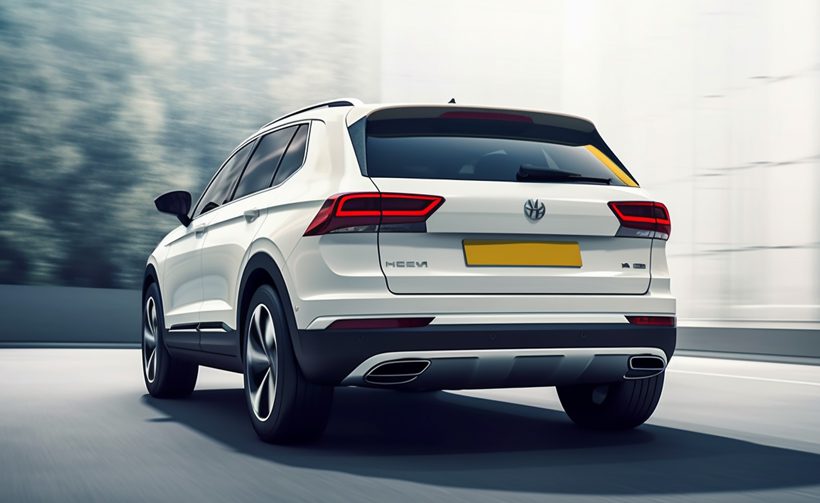
On the other hand, tail lights are in the middle so that vehicles speeding through the same path can see you. As a result, they can maintain their speed by following your light.
Intensity Of The Lights
To separate oneself from other rear lights, brake lights are often brighter than tail lights. This boosted brightness draws the attention of nearby cars by suggesting that the vehicle is slowing or stopping. Otherwise, the brake lights would be undetectable on brightly lit roadways.
Alternatively, tail lights portray a dimmer glow and serve only to alert drivers behind you that you are present. Additionally, the intensity of the tail lights is made sure to be dim to avoid causing distraction or confusion on roads.
Legal Requirements
There are different legal requirements for brake lights and tail lights. These differences vary in terms of functionality, brightness, color, and placement.
As for brake lights’ legal requirement, they must be in proper working condition at all times. Moreover, the brightness should be sufficient from a reasonable distance behind the vehicle.
Similarly, the brake lights must be red or amber-colored. Lastly, the brake lights should be on the rear side and at a height between 15 and 72 inches from the ground.
Here’s a video of how an official may check your brake light’s functionality;
On the other hand, the tail light should be in proper working condition as well and bright enough. However, the difference is that the tail light can only be used in red color. Nevertheless, in some jurisdictions, it may be white. Lastly, the tail light must be positioned in the center to avoid confusion.
Nevertheless, these are just general regulations and may vary from location to location.
How They Work
Even though they are both lights, they work in different ways and take different routes to illuminate.
The brake lights are connected to the braking system of the vehicle. Thus, when the brake pedal is pressed, an electrical signal is sent to the brake light bulbs, causing them to illuminate.
On the other hand, the tail lights are connected to the vehicle’s electric system which is the battery that powers it. Since it needs to be consistently illuminating, connecting it to the battery is an efficient and safe option.
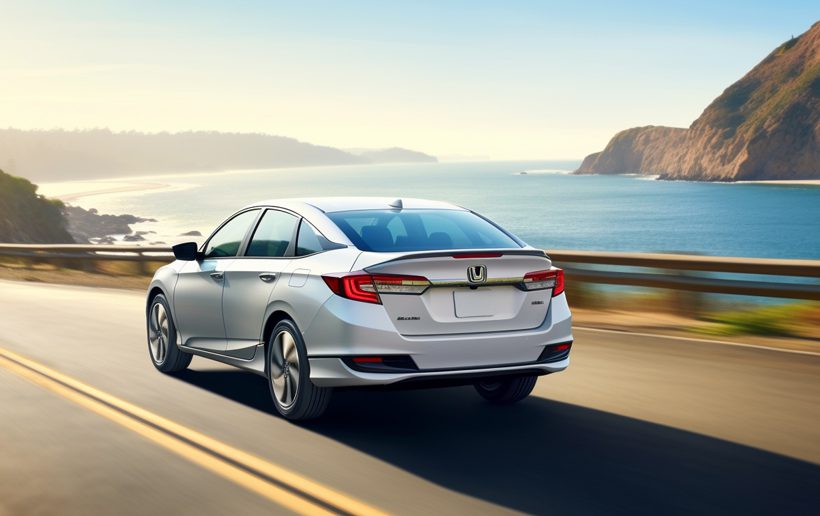
Maintenance Schedule
Different maintenance schedules are required for brake lights and tail lights. Brake lights should be examined regularly to maintain appropriate operation. Conversely, tail lights may not need to be checked as frequently.
Nevertheless, if either type of light fails to function properly, it must be repaired or replaced as quickly as possible to ensure safe driving.
How Brake Light And Tail Light Contributes To Road Safety
The brake light and tail light contribute to road safety tremendously. These lights have been implemented on vehicles since the early 20th century. Since then, they have worked sufficiently to reduce the number of road accidents throughout the world.
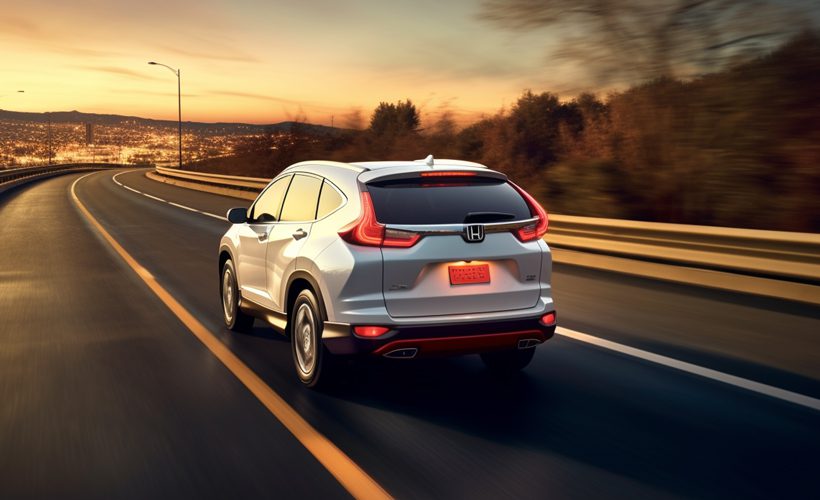
They have created such an impact that no one can get a driving license without knowing what these lights do. Firstly, tail lights and brake lights significantly enhance the visibility of vehicles on the road. Secondly, brake lights serve as warning signals to alert other drivers of a sudden decrease in speed or an emergency.
Most importantly, tail lights and brake lights act as a means of communication between drivers on the road.
If you’re experiencing issues with your vehicle’s lights, you may want to explore our articles on related topics. Our guide on Subaru brake light flashing while engine light on can provide insights into this specific issue. Additionally, if you own a Dodge Charger and are dealing with the ABS light being on, our article on Dodge Charger ABS light on offers valuable information and solutions.FAQ
Let’s check out some commonly asked questions regarding brake lights and tail lights.
No, brake lights and tail lights do not use different types of bulbs. Brake lights generally use incandescent bulbs or LEDs. Similarly, tail lights also use incandescent bulbs.
Yes, there are differences in terms of power requirements. Brake lights generally consume more power than tail lights.
No, there isn’t much more than communication that these lights are capable of. They were never meant to be anything else than a communication tool.
Conclusion
To conclude, the most important difference between brake light vs tail light is their purpose. The brake light is designed to notify vehicles behind that the brake has been applied whereas the tail light is there for its visibility. This is why the brake light is located on the edges and the tail light is in the middle.
However, other differences include their working mechanism and different legal requirements. Furthermore, non-identical illuminating power and their maintenance schedule are also a part of it.

